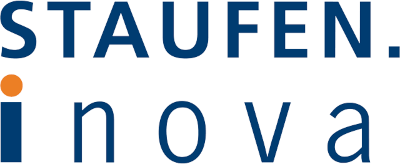
Even though agility seems to be the answer to every question these days, it is no cure-all for an organization’s aches and pains. It must be utilized appropriately in order to be effective.
AGILITY IS NO SILVER BULLET IF …
- the context does not require agile work.
- internal framework conditions hinder cooperation within the system.
- agility is seen as hype and companies only “want to become more agile” because it sounds good.
- working methods only focus on agile methods / frameworks / practices.
- changes in the scope of services are justified with agile and flexible working, instead of admitting to managing requirements in an unprofessional manner.
- methods from the software environment are blindly copied into the hardware environment.
- top management is looking to rename old procedures.
Result: Any efforts will not achieve the desired effect!
THE CONTEXT DETERMINES THE NEED FOR AGILITY – NOTHING AND NOBODY ELSE!

Factors outside the organization and their level of complexity determine whether agility is appropriate and necessary. However, a conscious decision must be made within the company as to where adaptability and agility are required.
For example, agility in the context of accounting can have a decelerating and hindering effect, since processes here are typically predictable, routine and often very repetitive. For this context, Lean Management would be a suitable answer. On the other hand, agility in the context of innovation / development can have an accelerating and beneficial effect, since working methods are strongly characterized by volatility, uncertainty, complexity and ambiguity (VUCA world).
THEREFORE: AGILITY WORKS IF …
- adaptability is considered to be an essential factor of success for survivability.
- agility is understood as a basic attitude that can be seen in the patterns of thought, action and behavior of each individual.
- an agile mindset plays an important role, agile methods / frameworks / practices support collaboration in the system and are specifically adapted to processes and the company.
- there are adequate framework conditions for agile methods of working.
- people are supported on their path towards self-organization and personal responsibility.
- agility is accepted by the entire company and exemplified by decision-makers
More about agility

Agility Within ING – Responding Flexibly to the Market
Companies that undergo an agile transformation have the ability to respond to obstacles and requirements with greater flexibility and precision. In an interview with Nicolas Romfeld, Hatice Sen and Patrick Hofacker, who work as Agile Coaches at ING, explain why this is so and what challenges and opportunities this approach brings with it. He is a consultant and coach at Staufen AG.
Read more
One Scrum for all cases? One Scrum for every case!
Scrum, the most widely used agile development method, is mainly used in software development. It also offers far-reaching application opportunities and advantages in many other areas.
Read more
Qualification Programs
In our training programs, we focus our full attention on sustainable empowerment of your managers and employees.
Read more

